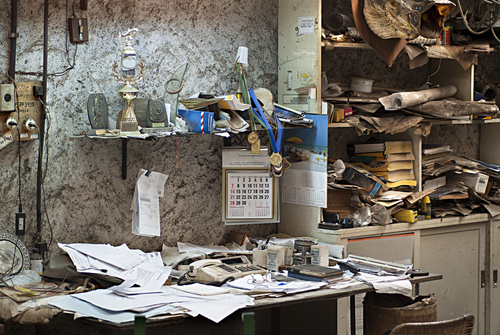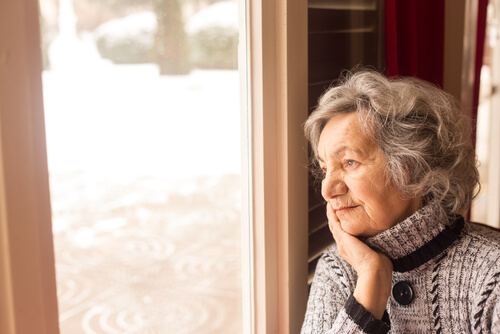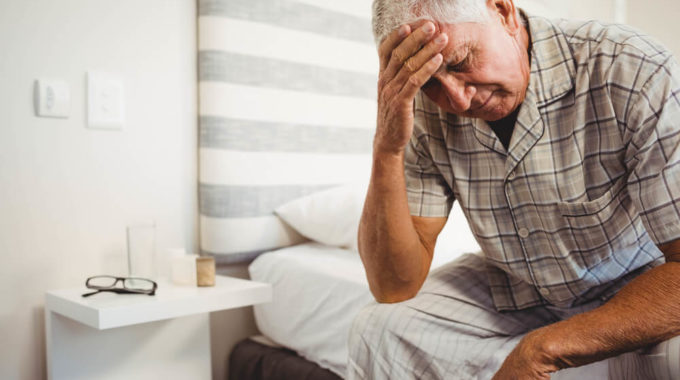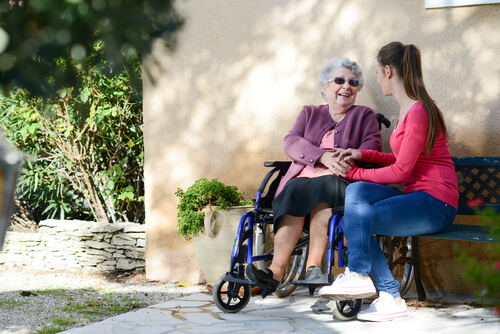
How to Manage Hoarding Behaviors in a Person With Dementia
How to Manage Hoarding Behaviors in a Person With Dementia
More than five million Americans live with dementia, and the issues it can cause go well beyond memory loss and confusion. For many sufferers and their families, secondary problems, like hoarding, present a huge challenge. If you’re caring for a relative with dementia who is exhibiting hoarding behaviors, it’s important to get informed and deal with the problem as quickly and safely as possible. Read on to find out what hoarding is, why it occurs, and how you can deal with it.
What Is Hoarding?
Hoarding is the process of collecting items to the point that a person’s home becomes unsafe. Dementia sufferers may refuse to let go of seemingly useless objects, like old newspapers or rotten food. They may also cling to items which hold sentimental value or worry about possessions being stolen or lost.
Sufferers may start hoarding because it gives them a sense of control over their surroundings in the face of growing mental confusion. It could also be that they struggle to tell which items should be kept and which should be thrown away or they buy items and then forget about them. Boredom, loneliness and a lack of meaningful activity can also contribute to hoarding behavior.
How Can I Manage Hoarding Behavior?
Managing hoarding behavior can feel like a real challenge, particularly if you’ve tried to broach the subject in the past and have been met with resistance. Trying a range of different strategies will help you find the one that works best.
Don’t Try and Remove Everything
Although it may be tempting to try and clear out everything that’s been hoarded, that’s not realistic and will often cause unnecessary distress to the dementia sufferer. Your focus should be on removing as much as you need to make the property safe. This means getting rid of anything that’s dangerous, like spoiled food, sharp items or clutter that blocks access for home health aides, hospice caregivers, and emergency services.
Make Clearing Out a Team Project
If possible, involve your relative in the clearing out process. Give them short, simple tasks, like sorting a pile of clothes into ‘keep’ and ‘donate’ sections, or looking through small boxes. Many sufferers will be more willing to part with items if they’re going to a good cause, so suggest donating to hospitals, local charity shops or family members. If your relative starts to get distressed, switch quickly to another activity and return to the clear out later.
Swap Hazardous Items for Safe Alternatives
If there are dangerous items that your relative absolutely refuses to let go of, making swaps is a good compromise. For example, a broken glass could be replaced with a new one, a bowl of rotten fruit could be refilled with fresh produce and a sharp knife could be swapped for a plastic one.
Create Mementos of Discarded Items
Creating small mementos can help sufferers get over the feeling of loss that comes with getting rid of items. You could take photographs and print them out, make lists of items that are being donated, or put together a memory scrapbook before discarding sentimental items. Be kind and sensitive at all times, even if you don’t understand your relative’s attachment to certain objects.
Take Steps to Prevent Future Hoarding
Once you’ve made your relative’s property safe, you need to take steps to stop the problem from reoccurring. If there are any common hiding places your relative uses, like cupboards, boxes or closets, make sure these are locked up or blocked off.
If purchasing new items is an issue, disable television shopping channels and cancel catalog subscriptions. If your relative takes items out of the trash, arrange for more regular collections. Talk to home health workers and ask them to keep an eye on the situation and give your regular updates.
Hoarding behavior is a real challenge for dementia sufferers and their families. Addressing the problem effectively and keeping your relative’s home safe makes it easier for them to access in-home care and hospice and reduces the risk of accidents.





